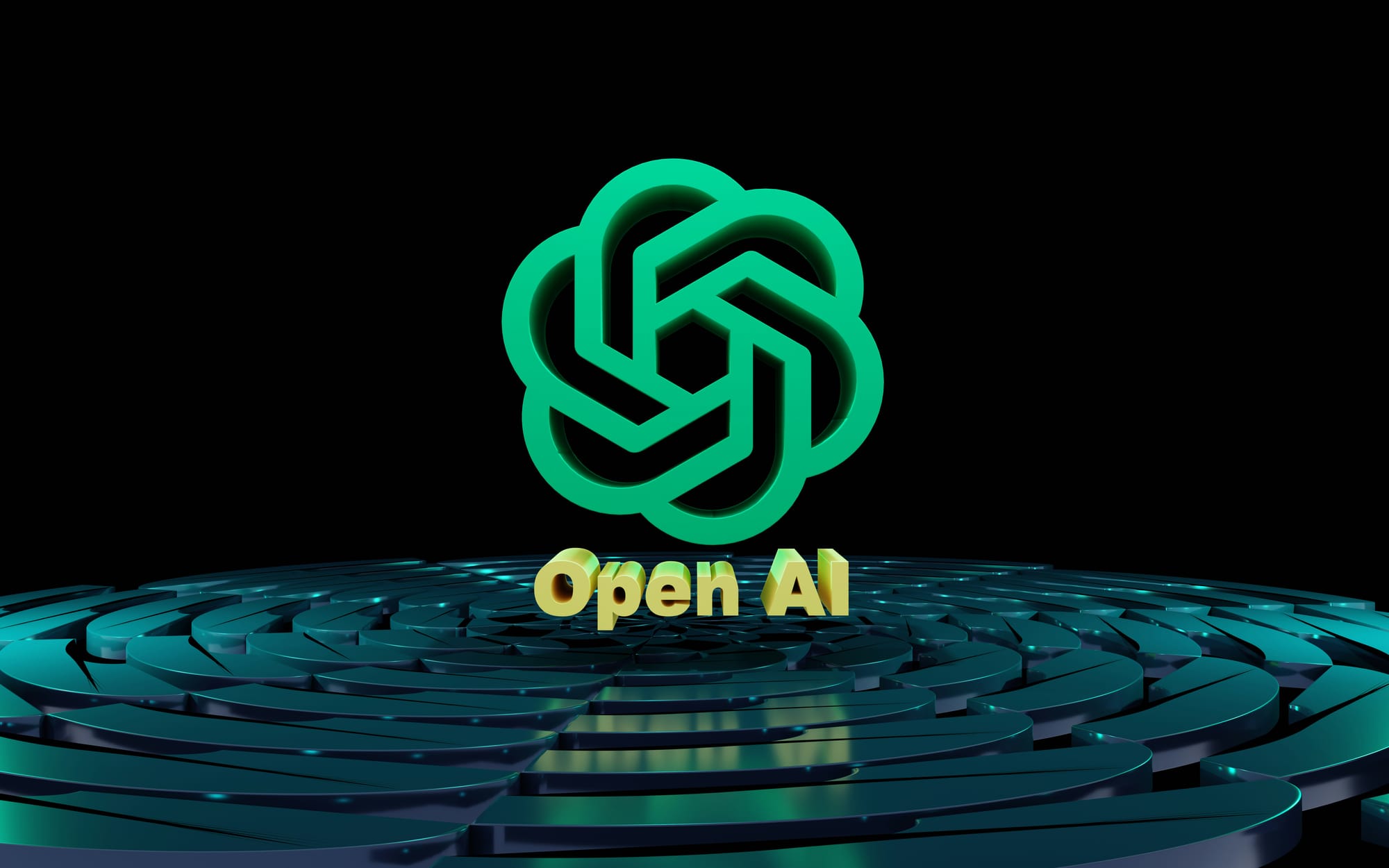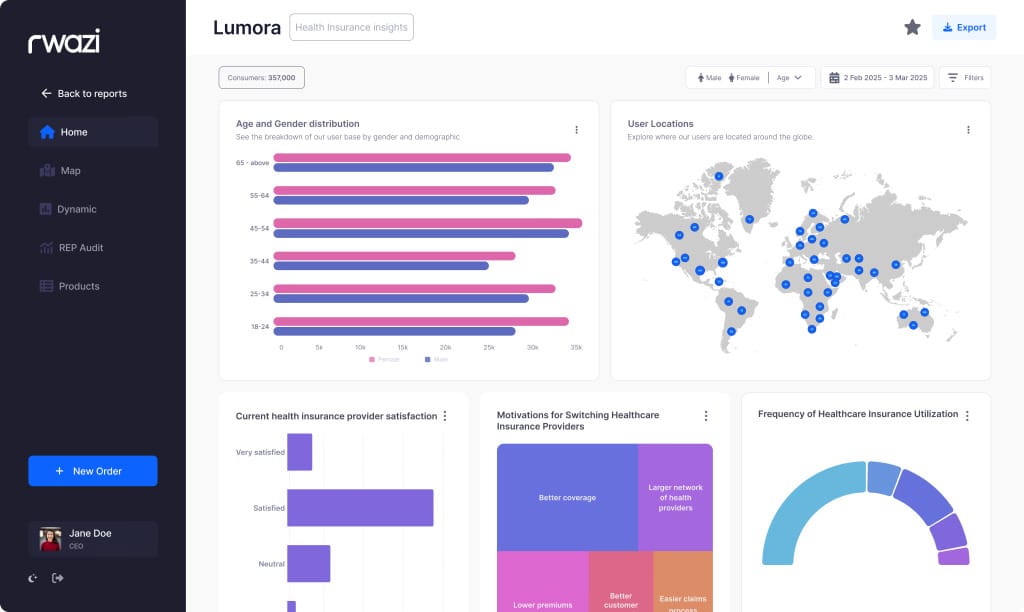What OpenAI’s $500 billion valuation tells us about data’s future
OpenAI’s $500B valuation shows the power of data, infrastructure, and partnerships in today’s AI-driven world. Businesses that leverage real-time, localized insights can turn information into action, make smarter decisions, and scale globally with precision.

OpenAI’s rapid rise to the world’s most valuable startup
In October 2025, OpenAI hit a $500 billion valuation after completing an employee share sale, a stunning rise from $86 billion just a year earlier. That’s nearly six times growth in twelve months, an acceleration few startups have ever achieved.
The milestone made OpenAI the world’s most valuable startup, overtaking SpaceX ($210 billion) and Stripe ($65 billion).
OpenAI began in 2015 as a nonprofit research lab. Its mission was to ensure that artificial intelligence benefits humanity. A decade later, it has transformed into a commercial powerhouse, powering millions of daily interactions through ChatGPT and enterprise integrations across industries.

The numbers behind the growth
OpenAI’s numbers reveal both ambition and cost. In 2024, it generated $3.7 billion in revenue but recorded over $5 billion in losses due to the enormous expense of training and running large models. Projections for 2025 put revenue at $20 billion, fueled by enterprise adoption, API subscriptions, and ChatGPT Plus.
Valuations are being priced at 25–30 times revenue, far above traditional tech multiples. This shows investor confidence that AI will underpin nearly every digital experience in the years ahead.

Distribution and infrastructure: the hidden drivers
OpenAI’s success rests on two forces; distribution and infrastructure. Microsoft’s $13 billion investment, split between cash and Azure cloud credits, positioned OpenAI’s models at the core of Microsoft products, from Office 365 to Azure AI Studio. That partnership turned research into global deployment.
The same applies to Oracle’s $300 billion commitment to AI infrastructure. The race isn’t just about who builds smarter models, but who can deliver them at scale through existing systems and platforms.
In cities like Singapore and San Francisco, the businesses getting the most out of AI are the ones with solid data foundations. A logistics company predicting shipment delays, a retailer restocking shelves before items run out, it all comes down to consistent, high-quality data flowing in every day.
Balancing mission and scale
OpenAI’s hybrid model, a capped-profit structure within a nonprofit framework, shows the delicate balance between chasing growth and staying true to purpose. Investors want returns, but the company is still committed to developing AI that’s safe and beneficial.
Many data-driven businesses face the same challenge: growing fast while making sure that expansion stays responsible, sustainable, and meaningful for the communities they serve.
At Rwazi, this principle guides how we expand data access. The goal is to make market intelligence available to businesses of every size, helping them make smarter, faster decisions in a rapidly changing market.
AI at work behind the scenes
AI isn’t a standalone product anymore. It’s quietly weaving itself into the tools people use every day; Microsoft Word, Google Search, Salesforce, Adobe, even small business dashboards. Instead of being in the spotlight, intelligence now works in the background, making daily work smoother and smarter.
That’s why real-time data has never been more important. Decisions can’t wait for monthly reports, they need insights flowing directly into the tools teams use every day.
Rwazi makes this possible by collecting real-time, localized data from cities across Asia, Latin America, and beyond, to help businesses feed live insights into their systems, boosting accuracy, timing, and overall market awareness.
Insights for business leaders
For business leaders, OpenAI’s rise offers a clear roadmap for navigating the data economy. The first lesson is that data is infrastructure. Every decision, product, and customer interaction now depends on how effectively organizations capture and use data. Those that invest early in structured, reliable systems will move faster, learn faster, and ultimately lead.
The second lesson is the power of partnership. Microsoft didn’t just back OpenAI financially, it turned access and distribution into a multiplier. The partnership between data producers and platform owners has become the cornerstone of modern business strategy. It’s a reminder that collaboration often creates more value than competition.
The third lesson is distribution moat is king, platform beats product. The future of AI capabilities lies in seamless integration, not standalone tools. Founders and CEOs should focus less on building isolated applications and more on embedding intelligence into existing, high-volume workflows.
Knowing what customers want in Jakarta, spotting shopping trends in Shanghai, or tracking delivery bottlenecks in Los Angeles all depends on data that reflects those markets in real time.
That’s where Rwazi comes in, helping companies turn broad intelligence into understanding that’s specific, actionable, and grounded in the realities of each market
OpenAI’s $500 billion valuation isn’t just about AI dominance. It reveals that data has become the ultimate driver of value creation. The companies that control reliable data pipelines and distribution channels will shape the next decade of business.






